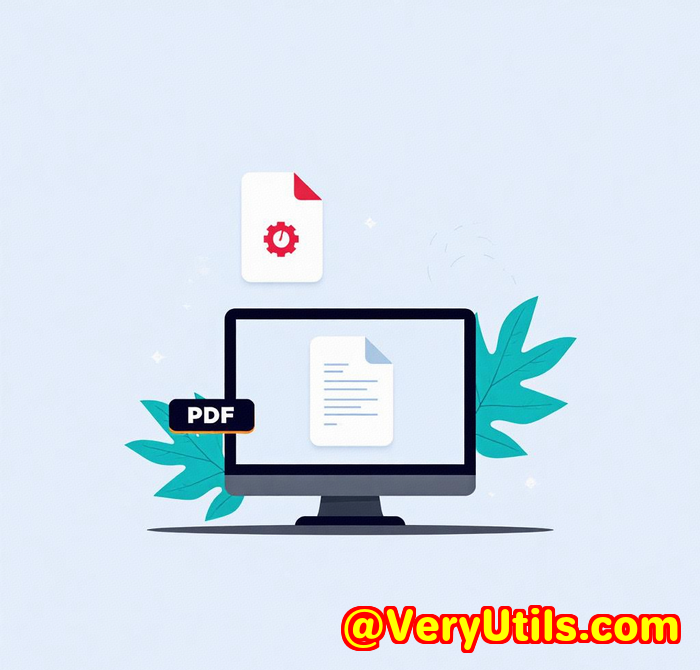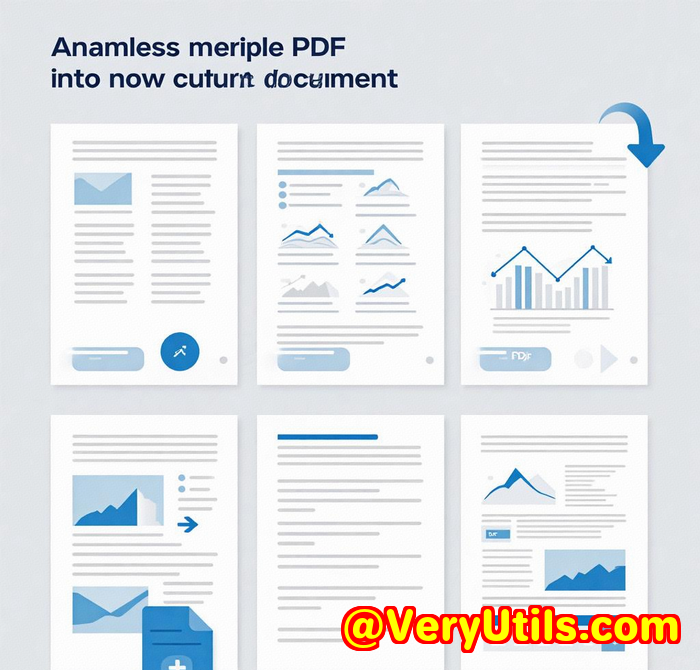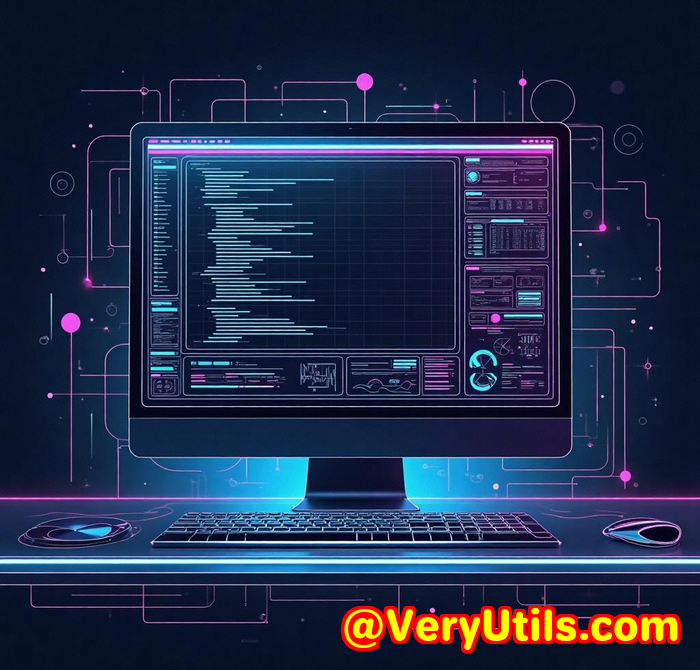How VeryPDF JavaScript PDF Annotator Source Code License Supports Annotation Storage and Retrieval Options
How VeryPDF JavaScript PDF Annotator Source Code License Supports Annotation Storage and Retrieval Options
Meta Description:
Struggling with messy PDF collaboration? This source code license helps teams annotate, store, and retrieve PDFs easilywithout any plugins or fuss.

Every Monday morning, I used to dread sorting through versioned PDFs.
You know the onescontracts, reports, or client notes with red pen scribbles scanned into five different versions. My inbox would be full of filenames like final_final2_updated.pdf, and no one could tell which one had the latest feedback.
We'd tried email threads, shared drives, even Dropbox comments. It was chaos.
Then I found VeryPDF JavaScript PDF Annotator Source Code Licenseand everything changed.
What I Was Looking For
I didn't want another bloated app.
I wanted to add PDF annotation to a client-facing portal, without asking users to download anything.
It had to work in the browser. It had to support multiple file types. It had to be cross-platformsome of our users are on Linux, some are on iPads.
Oh, and I needed total control over how annotations were saved and retrievedbecause we store them securely in a private cloud.
What I Found
Enter the VeryPDF JavaScript PDF Annotator Source Code License.
This tool is seriously flexible. It's HTML5-based, which means:
-
No plugins.
-
Works in Chrome, Firefox, Safari, Edgeyou name it.
-
Runs on Windows, macOS, Linux, iOS, and Android.
-
Fully customisable thanks to the source code license.
That's not fluff. I tested it across devices, and the annotations were buttery smooth on everything from a Galaxy tablet to an old Windows 10 box.
How I Use It (Real Example)
I built a custom dashboard for our legal ops team.
They needed to:
-
Annotate PDFs
-
Collaborate across departments
-
Retrieve annotations later or burn them into the final file
Using the VeryPDF SDK, I hooked into their API and enabled:
-
Text comments for legal advice
-
Highlighting for red flags
-
Point annotations for stakeholder feedback
All of it synced to our back end using the REST API, so nothing got lost. No more "which file is the final version?" debates.
Annotations are stored cleanly, either baked into the file or kept separate for editing later.
Favourite Features (You'll Want These)
Let's break down what really stood out:
-
Support for 50+ formats: Not just PDFsalso Word, Excel, PowerPoint, even Visio and DWG. Huge win.
-
Rich annotation tools: Freehand draw, strikeout, area comments. You name it, it's got it.
-
Layered collaboration: Multiple people can annotate at once. Everyone sees each other's markups.
-
View + comment only mode: Essential for clients who shouldn't be editing files but still want to leave notes.
-
Full control over UI: I tweaked colours, fonts, and behaviour. The front-end is all yours to customise.
Most tools I tried were either too rigid or only supported annotations on PDFs.
This one? It's like giving your users Google Docs-style feedback inside your own app.
Why Not Just Use Adobe or Free Tools?
Tried them.
Here's why I switched:
-
Adobe forces users to install software or extensions.
-
Free tools don't support storing and retrieving annotations at scale.
-
Nobody gives you source code accessVeryPDF does.
With Adobe, we couldn't embed the annotation UI into our app cleanly. With VeryPDF, we could.
Plus, their REST API lets you do stuff like:
-
Email annotated files directly
-
Share annotated versions via a link
-
Export final PDFs with annotations flattened or editable
Who Should Use This?
If you're a:
-
Developer building a document app
-
Legal team managing contract feedback
-
Insurance company reviewing claims
-
Construction firm working with CAD diagrams
-
Healthcare provider tracking patient forms
you'll love this.
Basically, if annotations are part of your daily workflow and you're sick of patchy tools, this is your fix.
What Problem Does It Solve?
-
Endless back-and-forth emails for feedback? Gone.
-
File version hell? Solved.
-
Clients not knowing where to comment? Fixed.
I'd recommend this to anyone building their own document system who needs full control, high compatibility, and reliable annotation handling.
Click here to try it for yourself:
https://veryutils.com/html5-pdf-annotation-source-code-license
Or betterstart your free trial now and boost your workflow.
Custom Development Services by VeryPDF
Need something more bespoke?
VeryPDF does way more than just PDF annotation. Their team can build custom tools across:
-
Windows, Linux, macOS, iOS, and Android
-
PDF printers, format converters, document monitoring tools
-
Barcode recognition, layout analysis, OCR, and table extraction
-
Secure document processing, DRM, digital signatures, cloud-based APIs
They've helped companies create powerful backend solutions, virtual drivers, and automation pipelines tailored to specific use cases.
Want something built for you?
Talk to their team here: http://support.verypdf.com/
FAQs
1. Can I use the annotator in a mobile app?
Yes, it works in mobile browsers across iOS and Android. No app download needed.
2. Does it support collaborative annotations?
Absolutely. Multiple users can mark up the same file and see each other's input in real time.
3. Can I control where annotations are saved?
Yes, you can store annotations separately, embed them in files, or send them to your own server via REST API.
4. What if I need a custom annotation tool?
VeryPDF offers custom development services. You can tweak or expand the toolkit however you like.
5. Does this only work with PDFs?
Nope. It supports over 50 formats, including Office files, CAD drawings, and images.
Tags / Keywords
-
JavaScript PDF annotation
-
HTML5 PDF annotator SDK
-
Store and retrieve PDF annotations
-
Annotate PDF in browser
-
Cross-platform document collaboration



